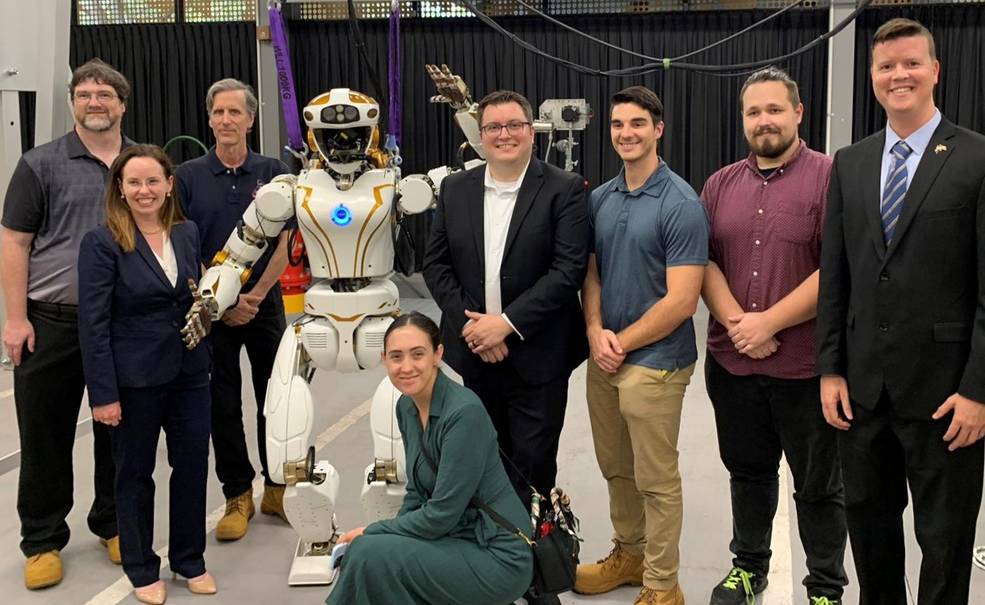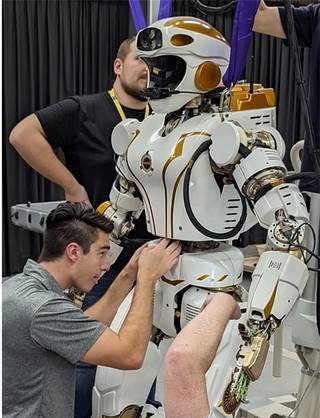
NASA’s humanoid robot, Valkyrie, is heading to Australia for a series of tests and experiments. The robot, which stands at 1.8 meters tall and weighs 125 kilograms, is designed to assist humans in exploring and colonizing Mars.
What is Valkyrie?
Valkyrie is a bipedal robot that can walk, climb, and manipulate objects with its hands. It has a head-mounted camera, a chest-mounted LIDAR, and other sensors to perceive its environment. It can also communicate with humans using speech and gestures.
Why Australia?
Australia is an ideal location for testing Valkyrie because of its harsh and remote terrain, which resembles the Martian surface. The robot will be deployed at the Arkaroola Wilderness Sanctuary in South Australia, where it will face challenges such as dust storms, extreme temperatures, and rugged landscapes.
What are the goals of the tests?
The tests are part of a collaboration between NASA and the University of New South Wales (UNSW). The main goal is to evaluate how Valkyrie can perform tasks that are too dangerous or difficult for humans, such as setting up habitats, repairing equipment, and conducting scientific experiments. The tests will also explore how Valkyrie can cooperate with humans and other robots, using a shared network and a common language.
What are the benefits of humanoid robots?
Humanoid robots have several advantages over other types of robots for space exploration. They can use the same tools and infrastructure that humans use, reducing the need for specialized equipment. They can also adapt to changing situations and environments, using their intelligence and creativity. Finally, they can provide social and emotional support to human crew members, enhancing their well-being and morale.
What are the challenges of humanoid robots?
Humanoid robots also face many challenges in space exploration. They require a lot of power and maintenance, which can be scarce and costly in space. They also have to deal with complex and uncertain situations, which can cause errors and failures. Moreover, they have to balance the trade-off between autonomy and human control, ensuring that they follow ethical and legal principles.
What is the future of humanoid robots?
Valkyrie is one of the most advanced humanoid robots in the world, but it is still far from being ready for a real mission to Mars. It will need more testing and improvement before it can prove its reliability and usefulness in space. However, Valkyrie represents a promising step towards the future of humanoid robots, which could play a vital role in expanding human presence and knowledge beyond Earth.

